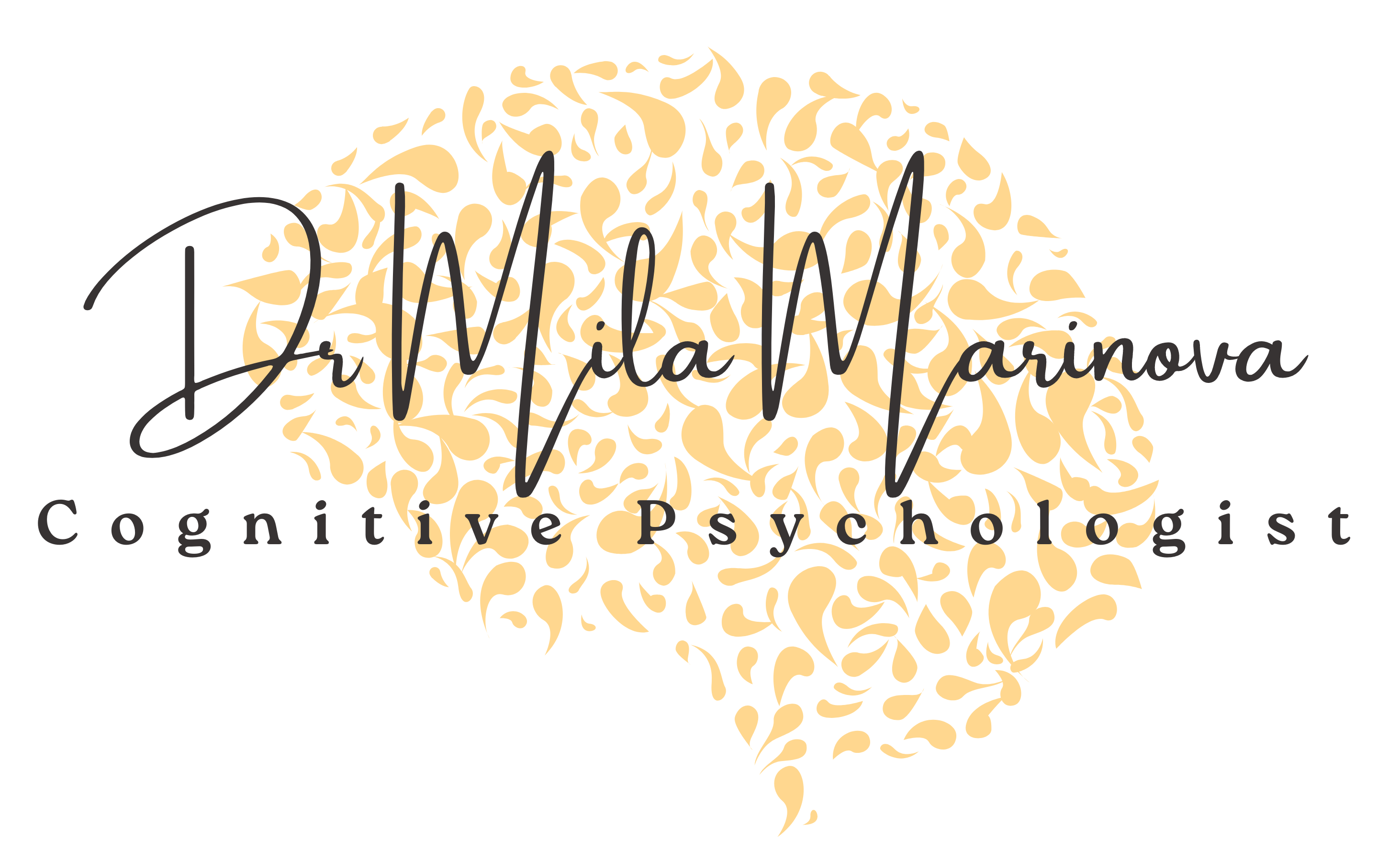
Welcome to the first post of “Bookshelf”, where I present to you my favourite non-fiction books, which I believe are worth your time.
Why am I focusing on non-fiction books? Well, first, this is a science-devoted blog, so it kind of makes sense. The second reason is that nowadays, anyone can publish a book without it even being edited. While I think this is a wonderful way for people to share their knowledge with the world, and I deeply respect freedom of speech, in the past years, I have seen many mainly non-fiction authors taking advantage of this by publishing low-quality literature misinformation and sometimes straight out lies. I see friends and family falling for these works over and over. And believe me, once the person is subjected to the wrong information and starts to act accordingly, it is sometimes impossible to turn them around. Anyone who tried to have a conversation with conspiracy theorists, homoeopaths, etc., knows what I mean.
And it is not the readers to be blamed for falling for the wrong information. There is so much information available out there. Never before in the history of humankind have we had access to so much knowledge. Unfortunately, with the good stuff comes the bad stuff too, and it often becomes difficult to differentiate between them. After all, no one knows everything, no one has to be an expert in everything, and there is no shame in coming from a less informed place. I am sure that many of us at some point in life checked our horoscope for the day before going out the door. That being said, my goal here is to point you to the good and useful stuff – the ones that will help you build your reliable knowledge and enable you to improve whichever aspect of your life you want to improve.
However, it is not my goal to tell you what to read, what to believe in, and how to live your life. As a scientist, I feel responsible for providing reliable information to my readers. Many of you come on my page to satisfy their curiosity, learn new things, and trust that what I have written on my blog is correct, or at least it was correct when I wrote it. With all of that being said, the book recommendations you will find here, are of books I thoroughly read, liked, and the science in them checked out according to the current state of the art. Of course, the topics are slightly biased in the direction of my interests, but I am always on the hunt for new exciting reads. So, please, you are most welcome to leave me your book recommendations in the comment section! I will be thrilled to read them. Also, if you have a book you want me to review, please reach me here or on my social media platforms and let me know!
Enough talking, let me show you the books I think you should add to your bookshelves!
My first recommendation is Livewired by David Eagleman. In my opinion, this is hands down the best book on neuroplasticity written for the general public so far. I have been a fan of Eagleman’s books and research since my undergraduate years. David Eagleman is a professor in neuroscience at Stanford University (USA). He is one of the world’s leading specialists in neuroplasticity, sensory-motor perception, synaesthesia, neurolaw, etc. As of recently, he is also an entrepreneur and co-founder of Neurosensory. This is a company devoted to wearable neurotech for sensory substitution (e.g., enabling people with sensory impairment such as loss of hearing to hear again) and potentially sensory addition (i.e., expanding our ability to process information from the environment such as magnetic wave detection).
Now, going back to the book. The concept of “plasticity” of the brain and the nervous system has been first introduced by the psychologist and philosopher William James in his book “The Principles of Psychology” (1890). A plastic object is something that can be molded in different shapes and stay that way. Throughout our lifespan, our brains do exactly this – they change as a function of our experiences. However, the major difference between the typical plastic object and the brain’s plasticity is that the brain, once molded in a certain shape, doesn’t stay that way. The brain is a living, dynamic system – it is “livewired”. Your brain constantly changes in order to optimize and adapt itself (and you) according to the environment you are living in. The book will take you on a wonderful journey into your brain’s life. It will answer questions such as, why we sleep, how come we learn easier when we are younger, why the best archer in the world is armless, why our brains are still so much better than computers, how we can see with our skin, and so much more. If I have to pinpoint a takeaway message from the book, it will be “Relevance” – your brain (and thus you) acts upon what is relevant for us and our world. How it does that, you have to check in the book. I guarantee you that even if you already have a solid base in neuroscience, you will read the pages feeling blown away and also a bit “proud” of what that 1.5kg mushy matter in your head does.
Recommendation number two is The Molecule of More: How a Single Chemical in Your Brain Drives Love, Sex, and Creativity―and Will Determine the Fate of the Human Race by Daniel Z. Lieberman and Michael E. Long .
Daniel Lieberman, M.D., is a professor in the Department of Psychiatry and Behavioural Sciences at George Washington University (USA). Michael Long is an award-winning speech, screen, and playwriter.
Initially, I got this book because Andrew Huberman, a scientist I deeply respect, recommended it on his podcast. And oh boy, did I like it! I’ve never stumbled upon a better-written overview for the general public of what the mighty molecule called dopamine does. Dopamine is a neurotransmitter – a molecule, which enables the communication between the neurons in the brain. Traditionally, dopamine and the dopamine system have been pointed out as being the basis of the feeling of pleasure. But, as the book shows, it is so much more. Dopamine is rather a molecule associated with the pursuit of reward. Not the reward itself. It is the molecule associated with the anticipation of future events. It is a key player in our motivation. The reason why we are so excited for a particular event, but once the event comes, we feel a bit “meh” is exactly because our dopamine hypes us up in advance. This, of course, doesn`t mean that we are unable to appreciate the event that has passed. But the feeling of appreciation of the things we have experienced, or that we have now, come from what the authors call “here and now” (H&N) serotonin, oxytocin, endorphins (the brain’s version of morphine), and a class of chemicals called endocannabinoids. When we first fell in love, we felt so passionate and had butterflies in our stomach, but the passion is less intense after a while. It is precisely because the dopamine – this molecule or future [unclear?], and the H&N molecules are in a tight relationship.
This book is a fantastic read for anyone interested in the mechanisms of motivation, love, sex, creativity, addiction etc. When I was reading the book, I always thought “Wow, I am at the mercy of my dopamine system. I better keep things in check”. It was such a humbling experience. The only downside I can point out is that the language is too simplified in some places, so it can leave you the impression that dopamine does all the work. However, as the authors point themselves, simplifications are necessary to get the message straight. But they do provide their references after each chapter. As a take-away message, I can only tell you that this book will recruit your dopamine system and will leave you hungry for “more”. Pun intended!
My third recommendation is The Circadian Code by Satchin Panda. I liked and wholeheartedly recommended this book because it is a real lifestyle changer. Do you want better sleep? Maybe you struggled with your physical performance? Looking for ways to make your mind sharper? Then this read is for you.
Dr Satchinanda Panda is a professor at Salk Institute for Biological Studies and is a leading pioneer in circadian clock regulations.
The circadian clock is our internal system that regulates and mediates our daily rhythms. Believe it or not, every cell in our body is “programmed” to function according to the Earth’s rotation around the Sun, which happens to last 24 hours. Unfortunately, nowadays, the functioning of the normal circadian rhythm is heavily disturbed – excessive screen light at the wrong hours, too little natural sunlight, too little or inappropriate exercise, inadequate nutrition, etc., you name it. Throwing off your circadian rhythm throws off your quality of life. But fear not, as it is never too late to change for the better!
In the book, Dr Panda provides a very comprehensive rundown of the mechanisms of circadian rhythm regulation. More importantly, the book offers simple science-based tools for everyday life, which can be easily implemented and has the potential to improve your quality of life tremendously. Most of these tools will come to you at low to zero financial cost. Following the recommendations in the book, here is a set of changes I implemented in my own life. I sleep better. I am happier and more productive than ever.
- Getting sunlight within 2 hours of waking up.
- Doing my cardio or yoga in the morning, leaving the lifting for the afternoon (that depends on your goals of course).
- Working in blocks of around 90 min (called the ultradian cycle) with around 20 mins break in between.
- Performing my most important tasks of the day between 10h and 15h, when your cognitive performance is at its peak.
- Avoiding blue and direct overhead light in the evening.
- Time/calorie-restricted eating. Giving a break to your digestive system does wonders for your sleep and brain the next day. It also activates your longevity genes. About that last one, I have another book recommendation, so come back here next month!
These are just some of the many recommendations which you could implement in your everyday life. But don’t take my word for it. Read it yourself.
There you go, dear readers! These are my recommendations and I hope you like them! Let me know if you have read some of these already and what do you think of them.
